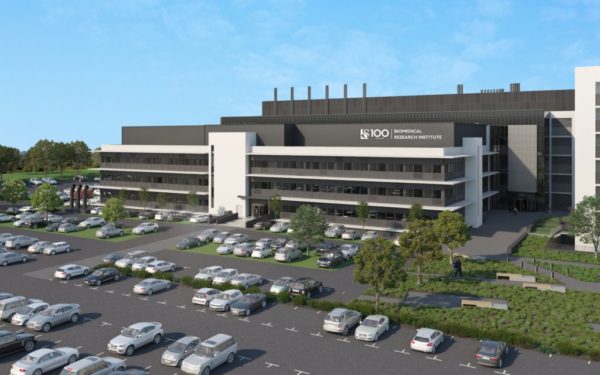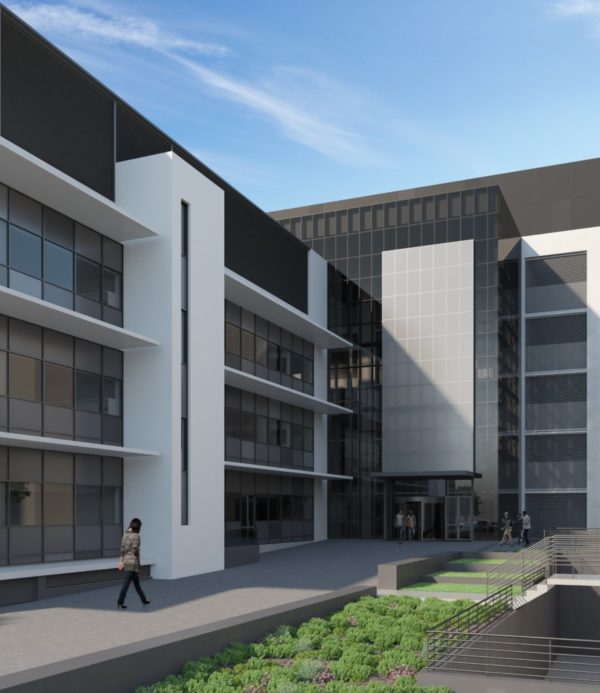The University of Stellenbosch has now officially commenced construction on a brand new, state-of-the-art Biomedical Research Institute (BMRI). This facility will cost approximately R1-billion to complete, and construction will end in 2020.
The BMRI, which is based at Stellenbosch University’s Faculty of Medicine and Health Sciences (FMHS), will investigate diseases that have a great impact not only in South Africa, but Africa at large. The discoveries made here will be used to improve the diagnosis, prevention and treatment of diseases such as heart disease, diabetes, HIV and neurological disorders.
The new BMRI will be on par with the most advanced and sophisticated biomedical research facilities in the world. It will also strengthen research and teaching capacity in fields such as genomics, anatomy, neurobiology, surgical sciences, biobanking, and bioinformatics.

The new facility will also host:
– A Bioinformatics Hub
– Electron microscopy laboratories
– Proteomics and FACS laboratories
– Morphology Museum
– Biorepository
– Sunskill Laboratory
– Clinical research unit
– Conference facilities

The institute will also host a number of unique features, including a smart lighting system to detect where natural light is strong and adjust brightness levels accordingly, the building will also be off the water grid, while making use of the campus’ greywater master plan, which harvests rain and borehole water.
All toilets will also be flushed with non-potable water.
A secure bicycle storage facility will also be on the grounds, with adjacent shower facilities to encourage staff and students to cycle to work. The workstations and laboratory benches will also have outdoor views and be located in areas that offer access to fresh air and natural lighting.
A system of negative air pressure will keep hazardous fumes or airborne toxins from flowing out of laboratories and into adjacent areas. Powerful ventilation and filtration plants will also draw air out of laboratories and to the top of the building, to be filtered and released.
Picture: Supplied/Stellenbosch University

